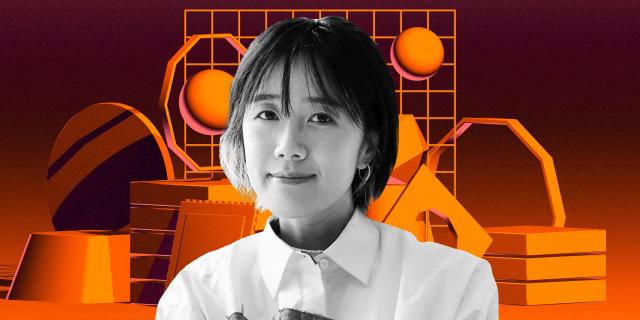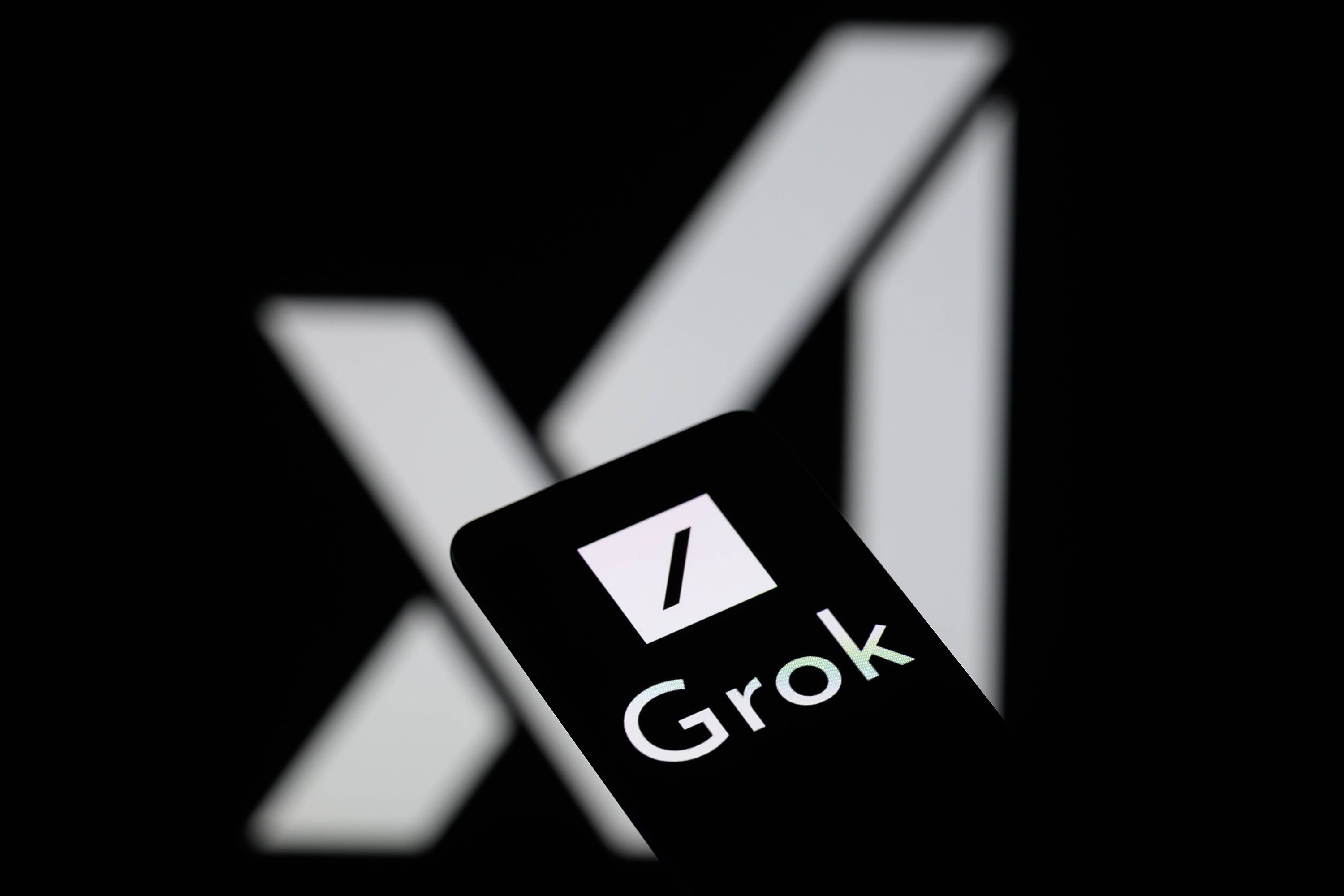
ChatGPT Sends Millions to Verified Election News, Blocks 250,000 Deepfake Attempts
AI
Zaker Adham
09 November 2024
09 November 2024
|
Zaker Adham
Summary
Summary
OpenAI is experiencing another high-profile departure, as Lilian Weng, Vice President of Research and Safety, has announced she will be leaving the company. Weng, who has been with OpenAI for seven years, has played an instrumental role in advancing safety protocols and research, especially in the last year as the company pivoted towards developing advanced AI models like GPT-4.

In a message shared on X, Weng stated, “After seven years at OpenAI, I feel ready to reset and explore something new.” She expressed pride in the achievements of the Safety Systems team, which she believes will continue to thrive after her departure on November 15th.
Weng’s exit is the latest in a wave of departures from OpenAI, where several researchers and executives have raised concerns over the company’s prioritization of commercial products over AI safety. This trend includes other notable figures such as Ilya Sutskever and Jan Leike, who led OpenAI’s Superalignment team before its dissolution.
Weng’s career at OpenAI began in 2018, initially focusing on robotics, where she worked on complex challenges like programming a robot hand to solve a Rubik’s cube. As OpenAI’s focus shifted toward GPT models, Weng transitioned to help build the company’s applied AI research team. Earlier this year, she established a dedicated Safety Systems team, which now comprises over 80 researchers and policy experts, a testament to OpenAI’s evolving approach to AI safety.
This latest departure follows recent exits of other key executives, including CTO Mira Murati and Chief Research Officer Bob McGrew. As OpenAI continues its rapid growth and development, the company faces ongoing questions about its commitment to AI safety. Weng’s departure underscores the complexity and challenges of advancing AI technology responsibly.
An OpenAI spokesperson acknowledged Weng’s impact, stating, “We deeply appreciate Lilian’s contributions to breakthrough safety research. We’re confident the Safety Systems team will continue to ensure our systems are safe and reliable

AI
Zaker Adham
09 November 2024

AI
Zaker Adham
07 November 2024

AI
Zaker Adham
06 November 2024

AI
Zaker Adham
05 November 2024